From Billion to Zero. Here are the top 10 most beautiful animal who have been extinct from the world
- Passenger pigeon
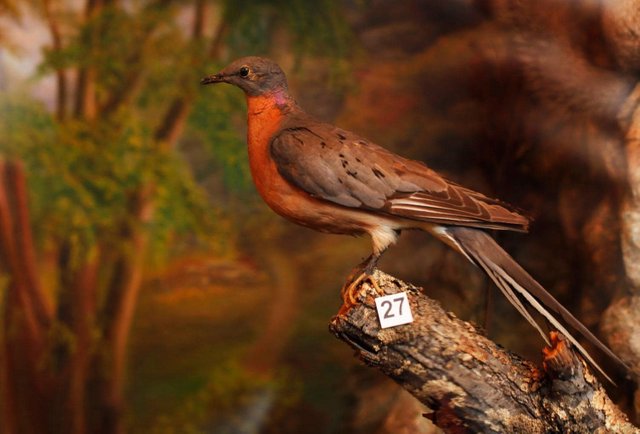
A nomadic bird that could reach speeds in excess of 60mph, the passenger pigeon was once across North America, from the Great Plains to the Atlantic Coast. At the height of their population they numbered up to five billion, making them the most populous species of bird on the planet.
That was until the arrival of Europeans, who hunted them on an industrial scale for cheap meat.
Where it roamed: North America, to the east of the Rockies
- Dodo
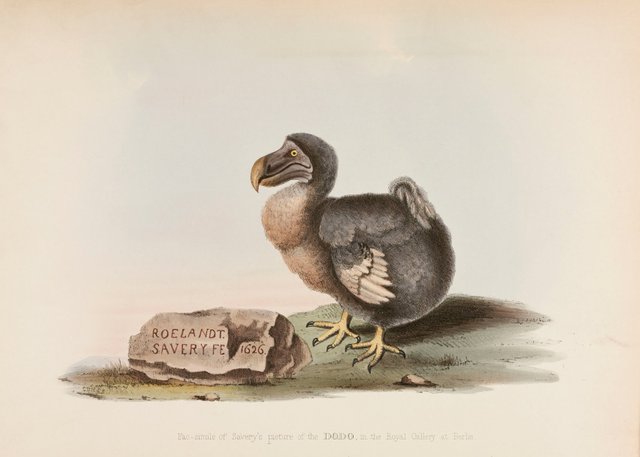
Perhaps the most famous extinct species, the dodo - endemic to Mauritius - was wiped out in just a few decades. The first recorded mention of the flightless bird was by Dutch sailors in 1598; the last sighting of one in 1662. It owes much of its fame to its appearance in Alice’s Adventures in Wonderland.
Closest living relative: The Nicobar pigeon, found in the Andaman and Nicobar Islands, India
- Western black rhinoceros
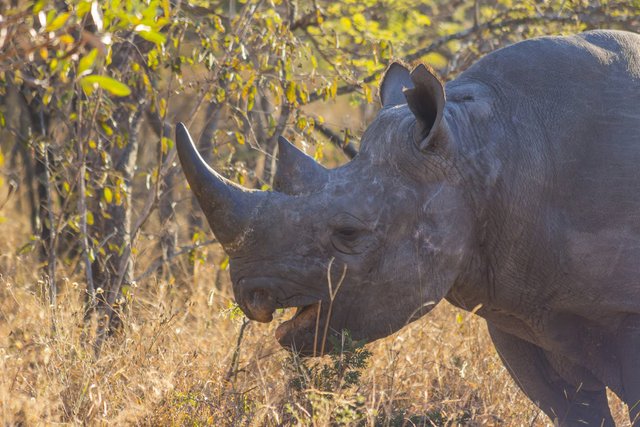
This subspecies of the black rhino once roamed sub-Saharan Africa, but fell victim to poaching. Its population was in the hundreds in 1980, fell to 10 by 2000, and just five a year later. Surveys in 2006 failed to locate any and it was declared extinct in 2011.
Where it roamed: The last survivors were found in Cameroon
- Pyrenean ibex
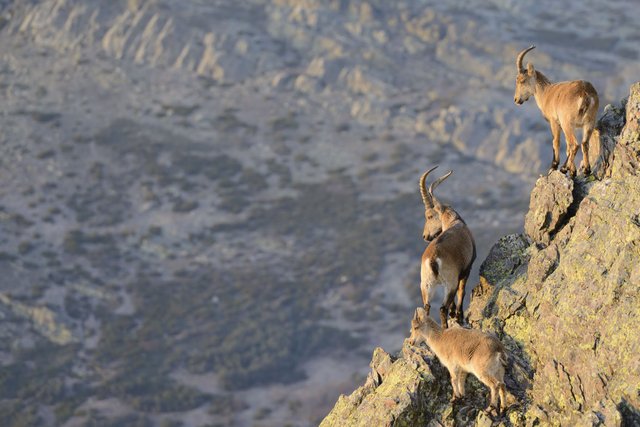
Extinct since 2000, the Pyrenean ibex - a subspecies of the Spanish ibex - was once common to the Pyrenees but its population fell sharply in the 19th and 20th centuries. The reasons behind its decline remain unknown. In 2003 it briefly became “unextinct”, after scientist managed to clone a female, but it died minutes after being born.
Where it roamed: The Pyrenees
- Quagga
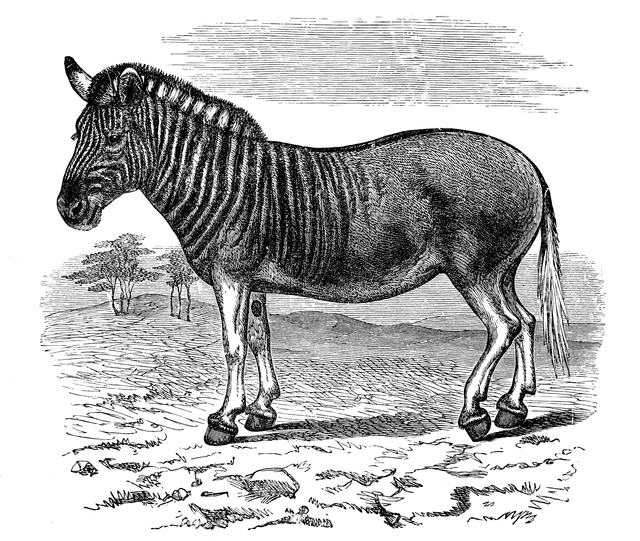
A subspecies of plains zebra, with stripes only on the front half of its body, the quagga lived in South Africa. It was heavily hunted after Dutch settlers arrived and found it competing with domesticated animals for forage. It was extinct in the wild by 1878; the last captive specimen died in Amsterdam in 1883.
Where it roamed: South Africa
- Tasmanian tiger
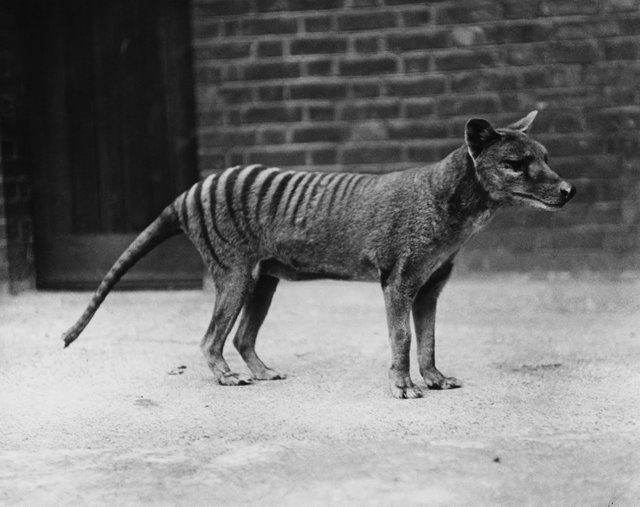
A shy, nocturnal animal and similar in appearance to a dog (but with a stiff tail and abdominal pouch), the Tasmanian tiger was rare or extinct on the Australian mainland before the arrival of the British, but survived on Tasmania. Hunting, disease, the introduction of dogs and human encroachment all contributed to its demise there. The last known specimen died in Hobart Zoo in 1936.
Where it roamed:Tasmania
- Steller’s sea cow
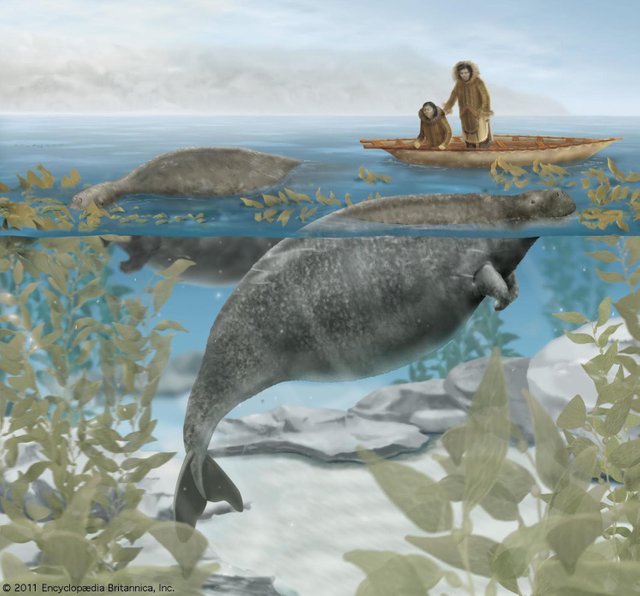
The largest mammals, other than whales, to have existed in the holocene epoch, the Steller’s sea cow reached up to nine metres in length but was hunted to extinction in 1768, within 27 years of its discovery by Europeans.
Where it roamed: Its last population surrounded the uninhabited Commander Islands, part of the Aleutian Islands in the northern Pacific.
- Woolly mammoth

The woolly mammoth, which reached heights in excess of three metres and weighed up to six tonnes, coexisted with early humans, who used its bones and tusks for making tools and dwellings and also hunted it for food. Small populations survived on St Paul Island, off the coast of Alaska, and Wrangel Island, in the Arctic Ocean, until 5,600 and 4,000 years ago, respectively.
Where it roamed: Arctic regions of Asia and North America
- Great auk
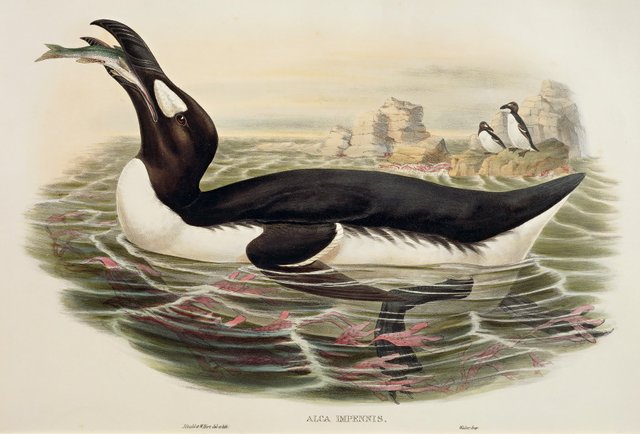
Once common to the North Atlantic, including the coast of Britain, the great auk - like penguins, though unrelated - was flightless, clumsy on land, but an agile swimmer. Demand for its down contributed to its elimination from Europe, while early explorers used it as a convenient food source. It has been extinct since at least 1852.
Where it roamed: The North Atlantic
- Pinta Island tortoise
.jpeg)
This subspecies of Galápagos tortoise is widely considered extinct, with the last known specimen - Lonesome George - dying in 2012.
Where it roamed: Pinta Islands, The Galápagos
Nature is the most beautiful thing on this planet earth. And all this creature are part of nature. Save earth. Save nature @steemitunity
You are right
Splendid pics
Beautiful, well done on the photos. Awesome post from @thedeys Thanks for sharing.....
Its a glad to have your comment on my post
interesting post keep it up... upvoted.
upvote me back thanks!!
Ok brother. Glad u like it buddy.
good
Thanks A lot
story exilent
Glad u like